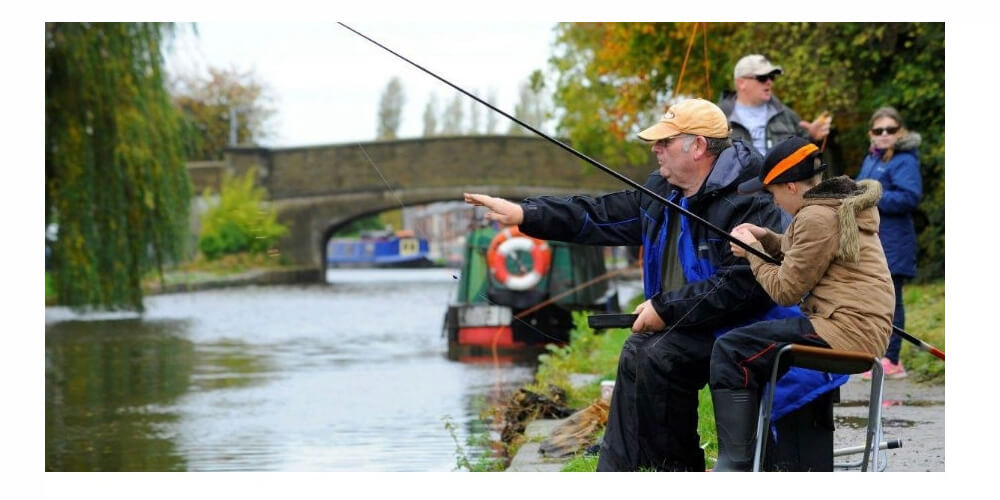Different fish species can survive in a particular scope of water temperature. For example, Bullhead catfish can flourish in waters that can get as warm as 85 degrees F. On the other hand, if you are looking out to catch lake trout, you must fish in the waters that have the 40s and 50s. Whatever the temperatures are, the guarantee of catching a fish is that you must have the right gear.
Some fish can endure different temperature ranges while others don’t have the privilege to endure extreme temperatures. It is important that as a seasoned fisherman, you keep a thermometer with you to check the temperature first and then throw the hook.
The Gear
Apart from a good boat and a great fishing line, you also will be needing portable underwater fishing lights to illuminate the underwater environment. These lights not only help you see at night but they also keep you safe from wild sea creatures such as crocs. When you see something coming, you can move the boat away to safer areas.
Salinity
Some of the fish species such as trout cannot live in salty waters while others such as tuna need more salt. Striped bass fish favor both salt and freshwater. Oxygen levels also play a good role in deciding which waters are the best which type of fish. For example, carps don’t care much about oxygen supplies but trout cannot live on a low supply of oxygen. So, if the water you are fishing in contains plenty of grass or weed or any other kind of plants that are on the verge of decomposition, you can be sure that the waters are home to carps because plants in the water suck oxygen from the water to survive. The decomposition of plants is the process that needs oxygen to continue therefore it lowers the level of oxygen in the water. If the water is clean of decomposing weeds and plants, you can be sure that it will have plenty of trout. If the plants are not decomposing but are thriving, they will add oxygen to the water. That’s how you can tell which fish will be underwater.
Food
The kind of food and the amount of food that is accessible inside a waterway can reveal a great deal about the type of fish underneath it. Other factors to consider are the flow and depth of the water. For example, sunfish are likely to move in shallow waters while on the other hand lake trout loves to swim in shady water. Carps are the hardest to fish because you will able to find them swimming and searching for food on the base. So, if the base if full of food, you should stick there to fish plenty of carps.
When you have found spots that are full of fish, the next step is to get them hooked because this means that you will have to make them leave the food that they are chomping on and get your food first.


